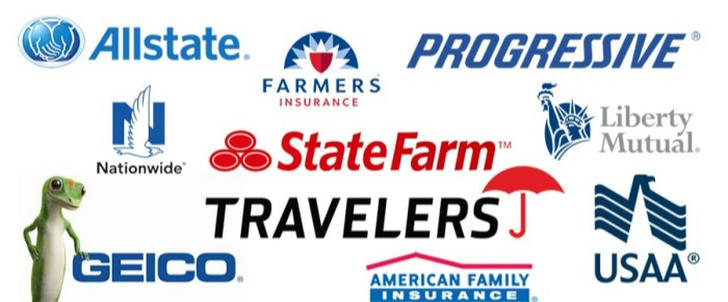How Low-Income Drivers Can Afford Car Insurance
Nearly every state requires car insurance, but if your income is low, paying for it can be a challenge. Fortunately, three states offer low-income auto insurance for qualifying residents, and for those who don’t live in these states, there are still ways to reduce costs.
According to data from the U.S. Bureau of Transportation Statistics, transportation expenses account for nearly 40% of the income of Americans earning less than $25,000 per year. This leaves little room for other essential expenses like food and housing.
If you're struggling financially, it may be tempting to forgo car insurance altogether, but that can lead to serious consequences. Driving without insurance can result in hefty fines, license suspension, and even jail time. Plus, it can make your future insurance rates skyrocket. Instead, explore some cost-saving strategies to stay insured while protecting your finances.

What Is Low-Income Car Insurance?
Low-income car insurance refers to state-funded programs that provide free or reduced-cost coverage to eligible drivers. These programs make it possible for drivers with limited incomes to maintain insurance while also affording basic living expenses like housing and utilities.
However, only three states—California, Hawaii, and New Jersey—currently offer these programs, and eligibility requirements can vary.
How to Find the Best Low-Income Car Insurance
As car insurance costs continue to rise, finding affordable coverage can be difficult. In fact, according to the Consumer Price Index, insurance rates are expected to jump nearly 20% by 2024. This increase can be especially tough for low-income drivers.
Here are some tips to help you find the best low-income car insurance:
Check your state's program requirements: If you live in California, Hawaii, or New Jersey, you might qualify for state assistance to lower your car insurance costs. Each program has its own income limits and eligibility rules, which could include receiving other financial aid.
Shop around: Compare rates from different insurance companies. Some providers offer lower rates based on your driving history or other factors like credit score, while others may charge more depending on the individual.
Get multiple quotes: Since insurance rates vary based on several factors, it’s important to compare quotes from at least three companies. Even the most affordable company may not offer the best rate for your situation.
Government-Funded Low-Income Car Insurance
Here’s a breakdown of what each state offers and who qualifies for these state-funded programs:
California: The California Low-Cost Auto Insurance Program (CLCA) offers liability insurance for as low as $200 to $800 annually. To qualify, you need a valid driver's license, meet income guidelines, and drive a car worth less than $25,000.
Hawaii: Hawaii provides free no-fault insurance for qualifying households. If you rely on your car for work or medical needs, you may be eligible.
New Jersey: The Special Automobile Insurance Policy (SAIP) provides emergency medical coverage, including up to $250,000 in treatment costs for severe injuries. The annual cost is $365, or $360 if paid in full upfront.
Other Ways to Save on Car Insurance
If your state doesn’t offer low-income auto insurance, there are still options to lower your insurance costs:
Drive safely: Keep a clean driving record to avoid rate hikes. If you have past violations, your rates may decrease over time as your record improves.
Look for discounts: Ask your insurer about potential discounts for bundling policies, maintaining a good driving record, or even your occupation or membership in certain organizations.
Increase your deductible: Raising your deductible can lower your monthly premium. Just make sure you can cover the higher deductible in case of an accident.
Review your coverage: You might be paying for more coverage than you need. Make sure your insurance meets the minimum requirements and fits your needs without overspending.
Staying insured doesn’t have to break the bank. With the right strategy, low-income drivers can find affordable options and avoid the risks of driving uninsured.
